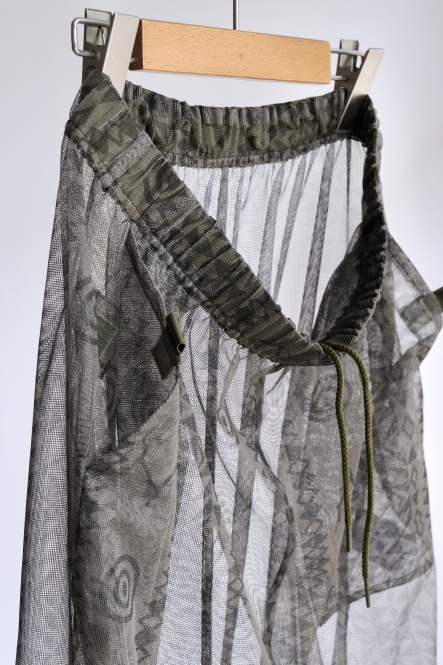
The map below highlights how vacancies are filled in state supreme courts across the country. Appointed judges are required to participate in yes-no retention elections occurring at the time of the next gubernatorial race, which is held every four years. Vacancies are filled by gubernatorial appointment. Vacancies See also: How vacancies are filled in state supreme courts
#Stancie goban full#
The governor, with commission approval, appoints a chief justice for a full 12-year term. The court uses the same process described above for selecting its chief justice. To serve as a justice, a candidate must have practiced law for at least 10 years in California or served as a judge in California for at least 10 years. If a justice has been appointed to a seat where the predecessor's term would have expired the January 1 immediately after that November gubernatorial election, then the justice would serve a full 12-year term. At the end of that term, the justice again must be confirmed by the voters at a gubernatorial election to begin a new 12-year term. This would be for either four or eight years. If the predecessor served part of their term before leaving office, the appointed justice would be retained to serve the remainder of their predecessor's term. If retained by the voters, the appointed justice remains in office but their term may depend on their predecessor's term. According to the California Constitution, the term for a supreme court justice is 12 years. The appointed justice must be confirmed by voters via a yes-no retention election. įollowing confirmation from the Commission on Judicial Appointments, the appointed justice is sworn into office and is subject to voter approval at the next gubernatorial election. Although the governor is not bound to these recommendations, the Commission on Judicial Appointments can approve or veto the appointment by majority vote. The commission is composed of attorneys and public members. The commission recommends candidates to the governor after examining their qualifications and fitness, ranking them as exceptionally well qualified, well qualified, qualified, or not qualified. The state bar's Commission on Judicial Nominee Evaluation-also known as the "Jenny Commission"-is required to perform an extensive investigation on prospective appointees. The seven justices of the California Supreme Court are appointed by the governor and confirmed by the Commission on Judicial Appointments. State supreme court judicial selection in California See also: Judicial selection in California The information below was current as of June 2020. This justice's Confidence Score, as well as the factors contributing to that score, is presented below. The five resulting categories of Confidence Scores were: The scores were based on seven factors, including but not limited to party registration. This was not a measure of where a justice fell on an ideological spectrum, but rather a measure of how much confidence we had that a justice was or had been affiliated with a political party. The study presented Confidence Scores that represented our confidence in each justice's degree of partisan affiliation. In 2020, Ballotpedia published Ballotpedia Courts: State Partisanship, a study examining the partisan affiliation of all state supreme court justices in the country as of June 15, 2020. Joshua Groban did not complete Ballotpedia's 2022 Candidate Connection survey.Īnalysis Ballotpedia Courts: State Partisanship (2020) See also: Ballotpedia Courts: State Partisanship and Ballotpedia Courts: Determiners and Dissenters See also: Ballotpedia's Candidate Connection Click here to read more about this study. Groban received a confidence score of Strong Democrat. As part of this study, we assigned each justice a Confidence Score describing our confidence in the degree of partisanship exhibited by the justices' past partisan behavior, before they joined the court. In 2020, Ballotpedia published Ballotpedia Courts: State Partisanship, a study examining the partisan affiliation of all state supreme court justices in the country. The California Commission on Judicial Appointments confirmed Groban's nomination on December 21, 2018. Groban was appointed by Governor Jerry Brown (D) in 2018 to succeed former Justice Kathryn Mickle Werdegar.

He won in the retention election on November 8, 2022. Groban ran for re-election for judge of the California Supreme Court. His current term ends on January 4, 2027. Joshua Groban is a judge of the California Supreme Court.

4.1 Ballotpedia Courts: State Partisanship (2020).


 0 kommentar(er)
0 kommentar(er)
